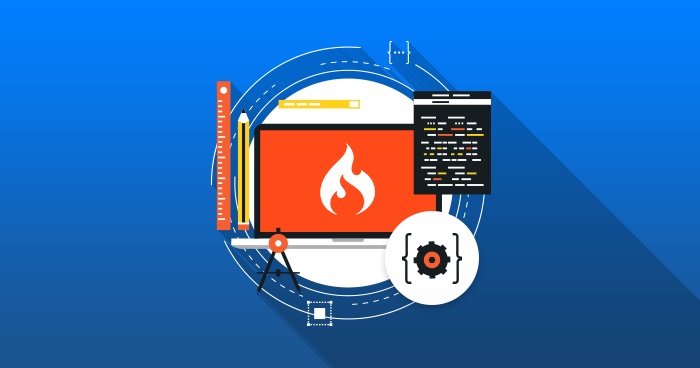Authentication and Authorization in Laravel: Implementing User Authentication and Role-Based Access Control
Laravel is one of the most popular PHP frameworks for building modern web applications. It provides robust tools to handle common functionalities like user authentication and authorization with minimal effort. In this blog, we'll explore how to implement user authentication and role-based access control (RBAC) in a Laravel application.
1. Understanding Authentication and Authorization
Before diving into implementation, let's clarify the terms:
- Authentication is the process of verifying who a user is (e.g., logging in with a username and password).
- Authorization determines what an authenticated user is allowed to do (e.g., only admins can access certain routes).
Laravel makes it easy to manage both authentication and authorization with built-in features and third-party packages.
2. Setting Up User Authentication in Laravel
Laravel comes with built-in scaffolding to handle authentication out of the box. Here’s a step-by-step guide to set up authentication
1.Install Laravel Breeze
Laravel Breeze provides a simple way to implement authentication, including login, registration, password reset, and email verification.
Install Breeze using Composer:
Next, install the Breeze scaffolding:
After installation, run the following to compile the assets and migrate the database:
2.Run the Application
Start the local development server:
3. Creating Roles and Permissions
To implement role-based access control, you need to define roles (e.g., admin, editor, user) and permissions. You can achieve this with a custom solution or by using a package like Spatie Laravel Permission.
Install Spatie Laravel Permission
Run the following command to install the package:
Publish the configuration file and migrate the database:
Define Roles and Permissions
Create roles and permissions using the Role and Permission models:
Assign permissions to roles:
Assign a role to a user:
4. Implementing Role-Based Access Control (RBAC)
Now that roles and permissions are defined, you can check them in your controllers, routes, and views.
Checking Roles and Permissions
In your controllers, use methods like hasRole() and can() to enforce access control:
You can also use can() to check permissions:

5. Protecting Routes and Views
Protecting Routes
Use middleware to protect routes based on roles or permissions.
In web.php:
You can also use permissions in middleware:
Protecting Views
In Blade templates, you can conditionally display content based on roles or permissions:

6. Conclusion
Laravel simplifies the process of adding authentication and role-based access control to your application. By leveraging packages like Spatie Laravel Permission, you can quickly create robust and secure access control systems.
Implementing proper authentication and authorization ensures that only the right users have access to specific resources, enhancing both security and user experience.















